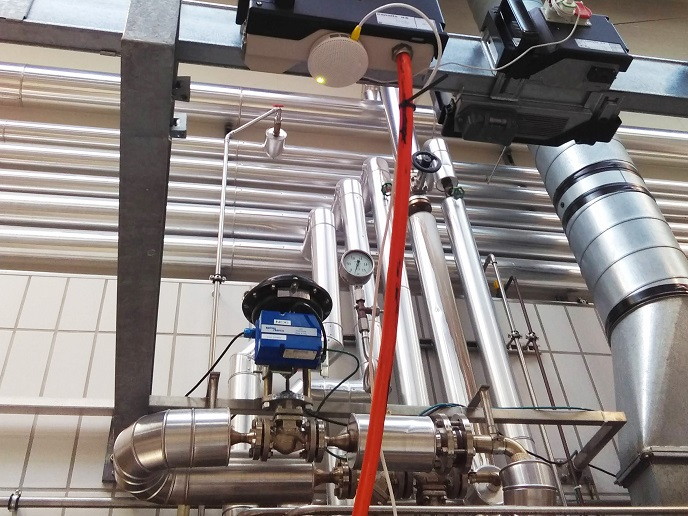Sensors and AI listen in on the health of industrial motors
There are over 300 million industrial electrical motors running 24/7 to support production lines around the world. They consume around 70 % of the power delivered to industrial facilities. Unfortunately, breakdown is very common, one out of eight industrial motors break down every year. Motor failure leads to unnecessary repairs, costing hundreds of thousands of euros per hour of unplanned downtime. It can also result in an unproductive workforce, spoiled raw materials and unsatisfied customers in the end. Furthermore, faulty motors consume more energy since electrical efficiency decreases over time as they experience wear and tear. Non-invasive sensors and machine learning algorithms for better industrial motor health monitoring The EU-funded Motorlisten project solved this problem by using an embedded acoustic recognition sensor, frequency analysis and artificial intelligence (AI). “Utilising these, we came up with a solution that detects faults and predicts breakdown in motors,” says Paolo Samontanez, chief technology officer of project OneWatt(opens in new window). “This helps industrial facilities plan maintenance efficiently, extend asset lifetime, boost operational efficiency and reduce unplanned downtime.” The non-invasive, non-contact, predictive maintenance system detects and predicts physical faults in machinery. It not only informs maintenance personnel when a fault is developing, but also exactly how, where and when it will occur. The system emulates an expert mechanic who can identify faults simply by understanding the warning signs like sounds and grumbles coming from motors. Because it uses AI and an infinitely larger data set than a human, the innovation is much more reliable than a technician or skilled tradesperson could ever be. This will optimise maintenance work and minimise downtime, two major priorities for industrial companies and utilities. In addition, the system ensures that motors are working at their most efficient, thus decreasing energy consumption. Project partners identified and established the parameters required to reach 99.99 % accuracy. They quantified targets and devised methodologies to achieve longer asset lifetime, lower energy consumption and increased reliability of predictions. From the data collected, “our system is able to detect the top eight – statistically speaking – motor faults,” notes Samontanez. The Motorlisten team assessed the commercial feasibility and potential of the technology for industrial manufacturers and utilities – the two key target customers. It modified the system’s AI and hardware to address the needs of these market segments. “Our system can retrofit to most motors, regardless of model, size, age, brand or manufacturer,” explains Samontanez. “We adapt it to your system, not the other way around.” Commercialisation is well underway, having already secured several contracts with utilities, fast-moving consumer goods and industrial maintenance industries. Team members continue to work on further improving the system. “Thanks to the Motorlisten system, industrial facilities will be able to plan maintenance more effectively, reduce expenses on electricity because of more efficient motors, extend the lifetime of motors and ultimately maximise potential revenue by reducing unscheduled downtime,” concludes Samontanez.







